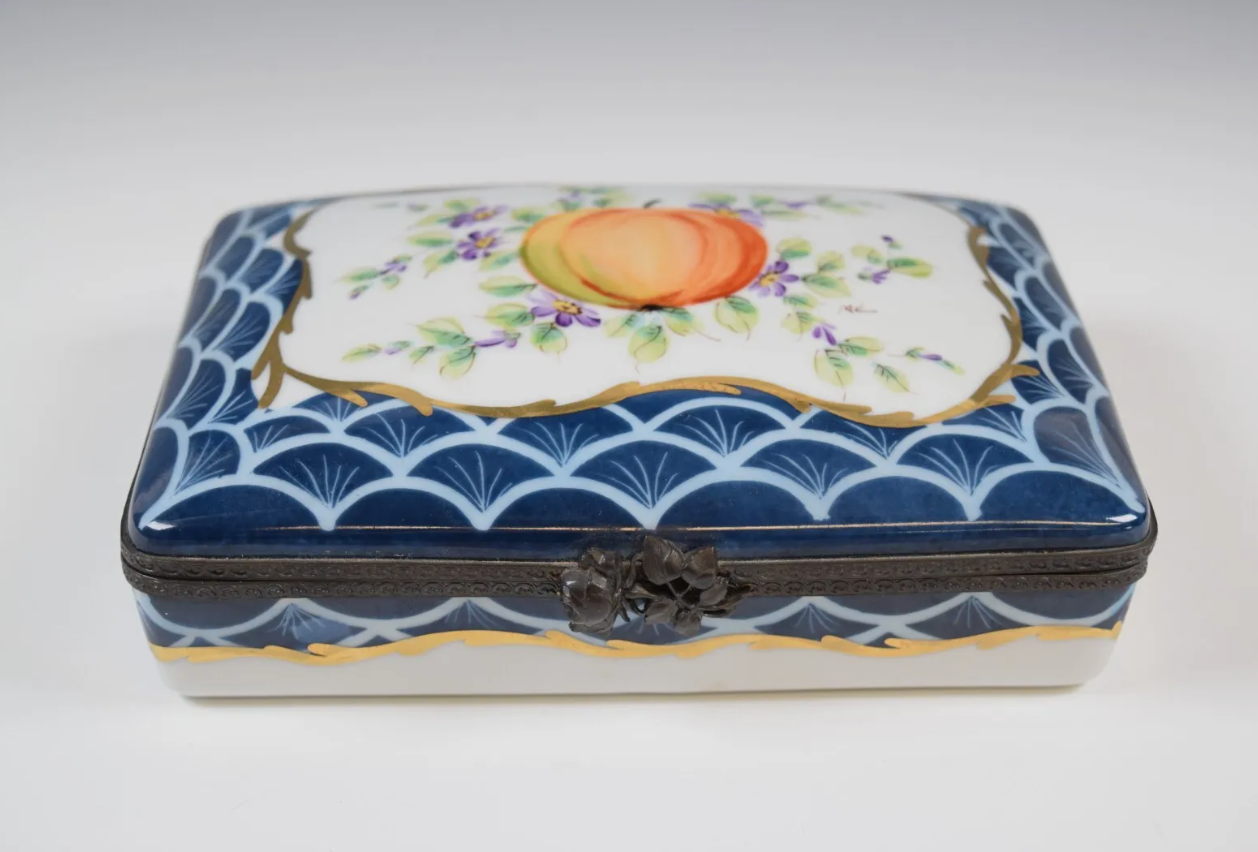Limoges porcelain is a type of hard-paste porcelain that was produced in and around the city of Limoges, France, from the late 18th century to the present day. It is widely regarded as one of the finest and most prestigious types of porcelain in the world, and it has a rich and fascinating history. In this blog post, I will give you a brief overview of the history of Limoges porcelain, from its discovery to its development.
The Discovery of Limoges Porcelain
The story of Limoges porcelain begins with the quest for the secret of making porcelain, which was a highly prized and expensive product imported from China and Japan by the Dutch East India Company and other traders. European attempts to produce porcelain, such as the Medici porcelain in Florence, had failed, as they did not know the correct ingredients and methods1
The breakthrough came in 1768, when a woman named Geneviève Tiercelin discovered a deposit of kaolin clay near the village of Saint-Yrieix-la-Perche, about 30 kilometers south of Limoges. Kaolin clay was an essential ingredient for making hard-paste porcelain, which is the true porcelain made from kaolin clay and petuntse stone, and fired at high temperatures. She reported her discovery to the local authorities, who sent samples to the royal chemist in Paris, who confirmed their quality and suitability for porcelain making2
In 1771, the first porcelain factory was established in Limoges, under the patronage and protection of the king’s brother, the comte d’Artois. The factory was run by a German chemist named Johann Friedrich Böttger, who had previously discovered the secret of making hard-paste porcelain at Meissen in Germany. The factory employed local workers and craftsmen, who learned and perfected the art of porcelain making. The factory also benefited from the proximity of the kaolin clay deposits, the abundant water supply, and the easy access to transportation routes3
The Development of Limoges Porcelain
The Limoges factory soon became famous and successful, producing high-quality and beautiful porcelain wares, such as tableware, vases, figurines, and clocks. The factory imitated and adapted the styles and motifs of the Chinese and Japanese porcelain, such as the blue-and-white, the famille rose, and the Kakiemon. It also developed its own original and innovative designs, such as the floral, the landscape, and the bird patterns. The factory also experimented with new and vibrant colors, such as the green, the pink, and the gold. The Limoges porcelain was highly sought after by the royal and aristocratic families, as well as the wealthy and fashionable classes, who commissioned and collected it as a sign of status and taste4
After the French Revolution, the Limoges factory was nationalized and renamed as the Manufacture Nationale de Porcelaine. It continued to produce porcelain, but also faced competition from other private factories that emerged in and around Limoges, such as Haviland, Bernardaud, and Guérin. These factories also produced high-quality and diverse porcelain products, using different marks and signatures to distinguish themselves. They also hired talented artists and designers, such as Théodore Haviland, Jean Pouyat, and Camille Tharaud, who created new and contemporary styles and forms for the porcelain. They also exported their products to various countries, especially the United States, where they were very popular and appreciated5
The Conclusion
Limoges porcelain is a remarkable example of artistic achievement and innovation, which spans over two centuries and reflects the history and culture of France and Europe. It is admired and valued by collectors and connoisseurs all over the world, who appreciate its beauty, quality, and diversity. It is also a living and evolving art form, which continues to produce new and original works, thanks to the talent and creativity of its artists and craftsmen. Limoges porcelain is a French treasure, which has become a universal delight.
